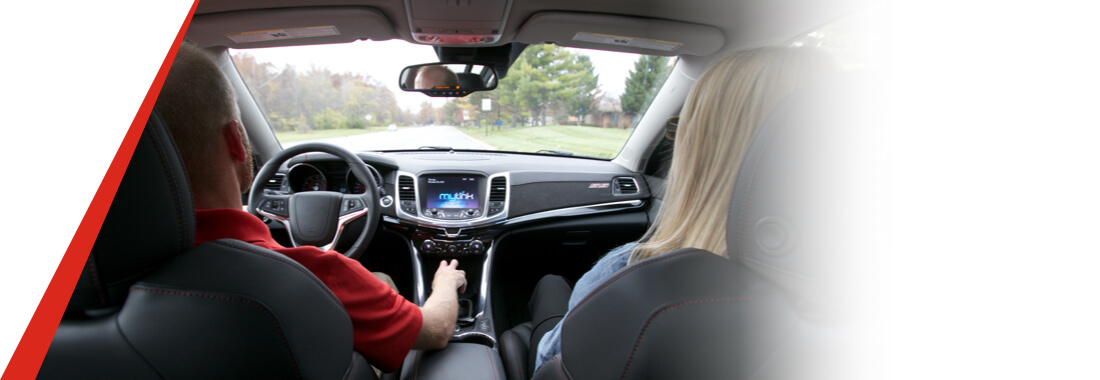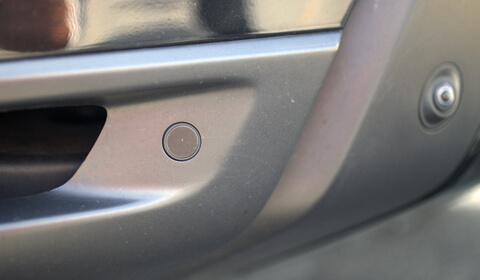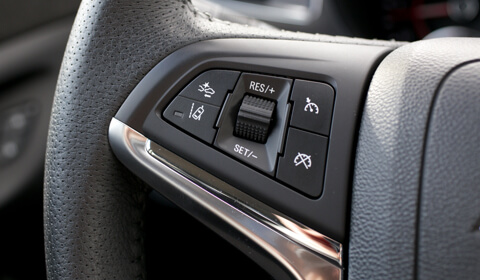The features of ADAS
Your driver assist system
ADAS or Advanced Driver Assistance Systems, are a family of safety systems that designed to work together to automate and enhance vehicle safety by alerting the driver to potential problems and avoid collisions.
Some features of driver assist systems include: adaptive cruise control, collision avoidance systems, connecting smartphones for hands-free dialing, automatic braking, and incorporation of GPS/traffic data, etc.

What kinds of ADAS systems are there?
Some features now come standard in new vehicles and others are optional, however, most, if not all, of the systems within ADAS fall under these categories:
Adaptive
Systems that change/adapt based on input from the surrounding environment
Automated
Systems that take over and perform certain functions that a driver cannot do safely
Monitoring
Systems that use sensors, cameras, or other means to observe the surrounding area or driving of the vehicle and assesses whether a correction needs to be made
Warning
Systems that alert the driver to potential issues in their own driving or the driving of others that could increase the risk of injury to those in the vehicle
Examples of ADAS

Blind spot warning light
On your sideview mirror, you may see a blind spot warning light alerting you of a vehicle or other obstruction when you begin to signal a turn. The blind spot monitor detects other vehicles to help you avoid collision as you shift lanes on an interstate or back out of a parking space.

Radar system
A car radar system detects traffic issues that you may not be fully alert to. These include:
- Blind spot monitoring
- Adaptive cruise control
- Cross traffic interference at intersections
The radar is designed to keep you safe while behind the wheel.

Forward Collision Warning, Lane Departure & Adaptive Cruise Control
For your safety, the collision avoidance systems are put in place to decrease the amount of avoidable crashes. From rear and forward collision warnings that bring your vehicle to a halt to lane departure warnings that help you stay in your lane, the goal of these ADAS is to minimize accidents. On-board sensors assist with adaptive cruise control that help you maintain a safe following distance by automatically adjusting your cruising speed.
Here are some additional examples of specific ADAS systems:
- Adaptive cruise control (ACC)
- Adaptive head lights
- Adaptive light control
- Automatic braking system (ABS)
- Automatic parking
- Blind spot monitors
- Pedestrian monitors
- Proximity monitors
- Driver drowsiness detection
- Collision avoidance system
- Forward collision warning
- Lane keep assist
- Lane departure warning
Do I have ADAS on my vehicle?
It is important to know if your vehicle has ADAS because it helps improve road safety and may put you at risk if any of those systems are tied to the windshield should it need repair or replacing.
If your windshield is damaged and needs replacement, be sure to check with the original manufacturer for which ADAS systems are tied to the windshield so that you have these systems reinstalled and recalibrated.
The windshield is an important part of the array of interlinked safety systems of your vehicle too and should be repaired or replaced immediately, but the auxiliary safety systems play an equal part in keeping the driver and passengers safe as well.